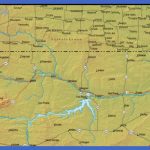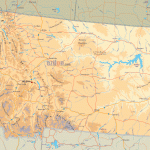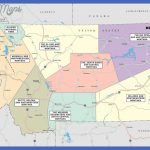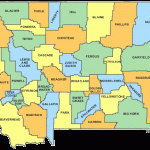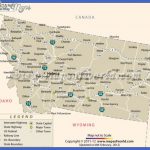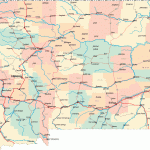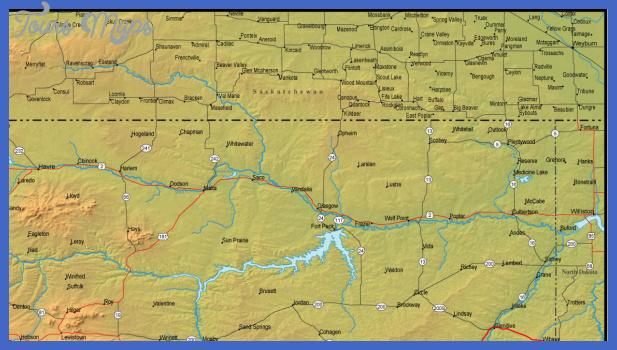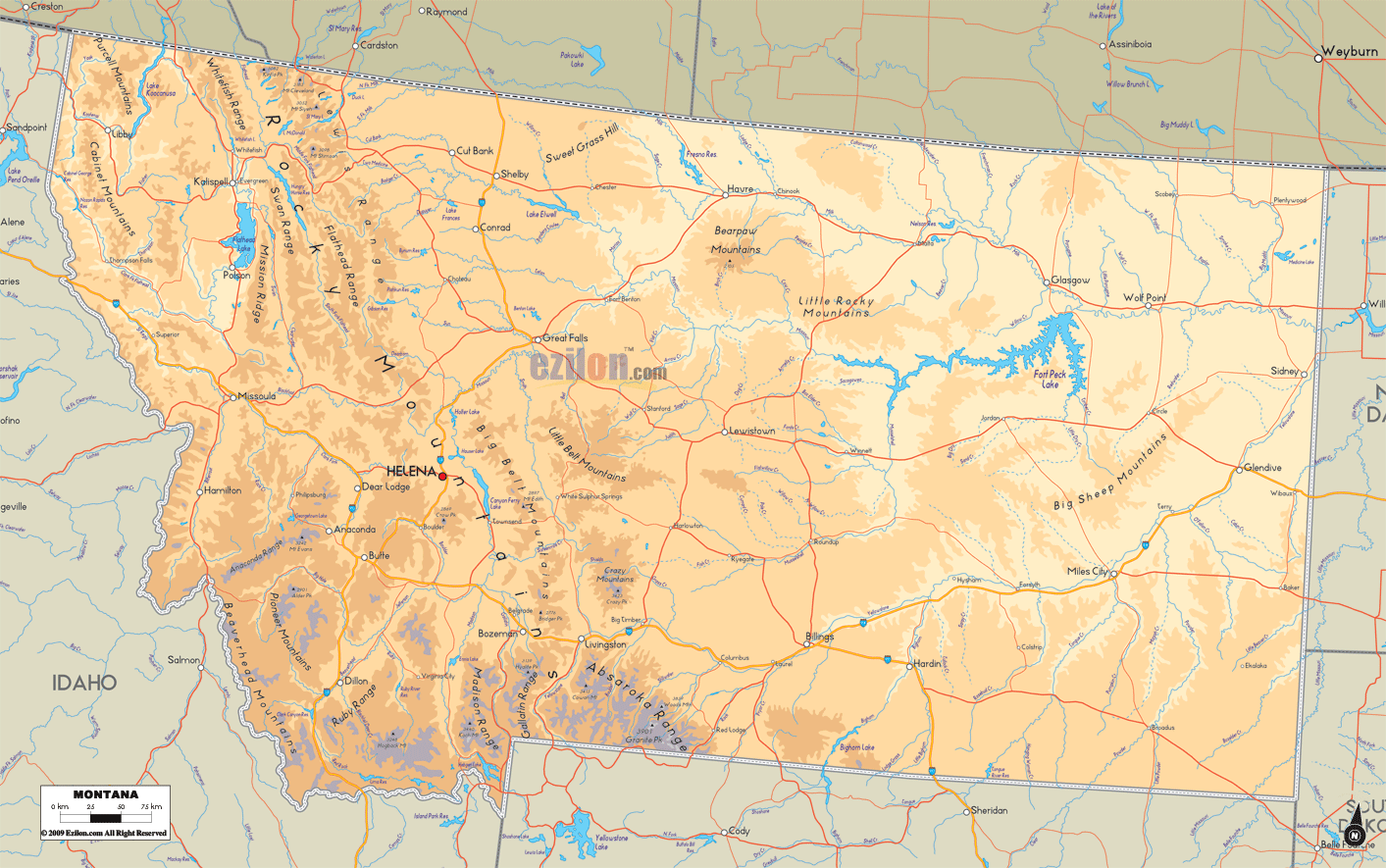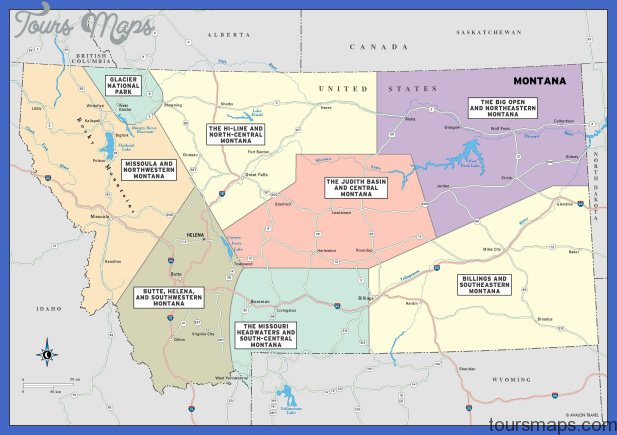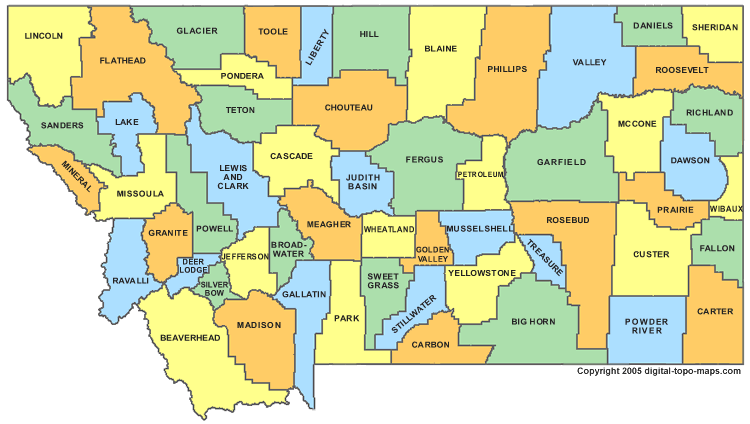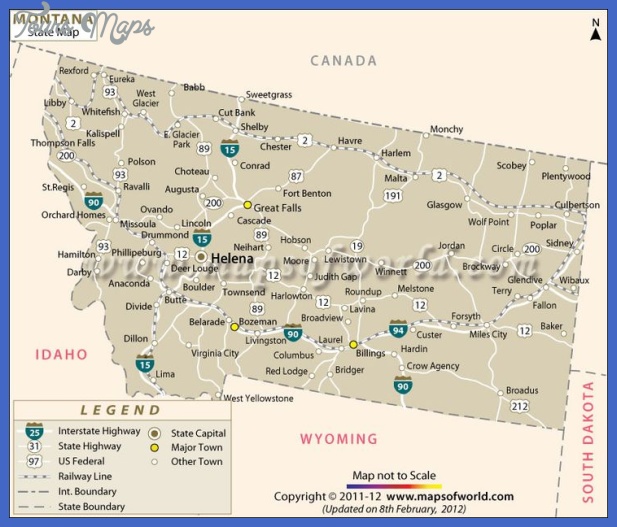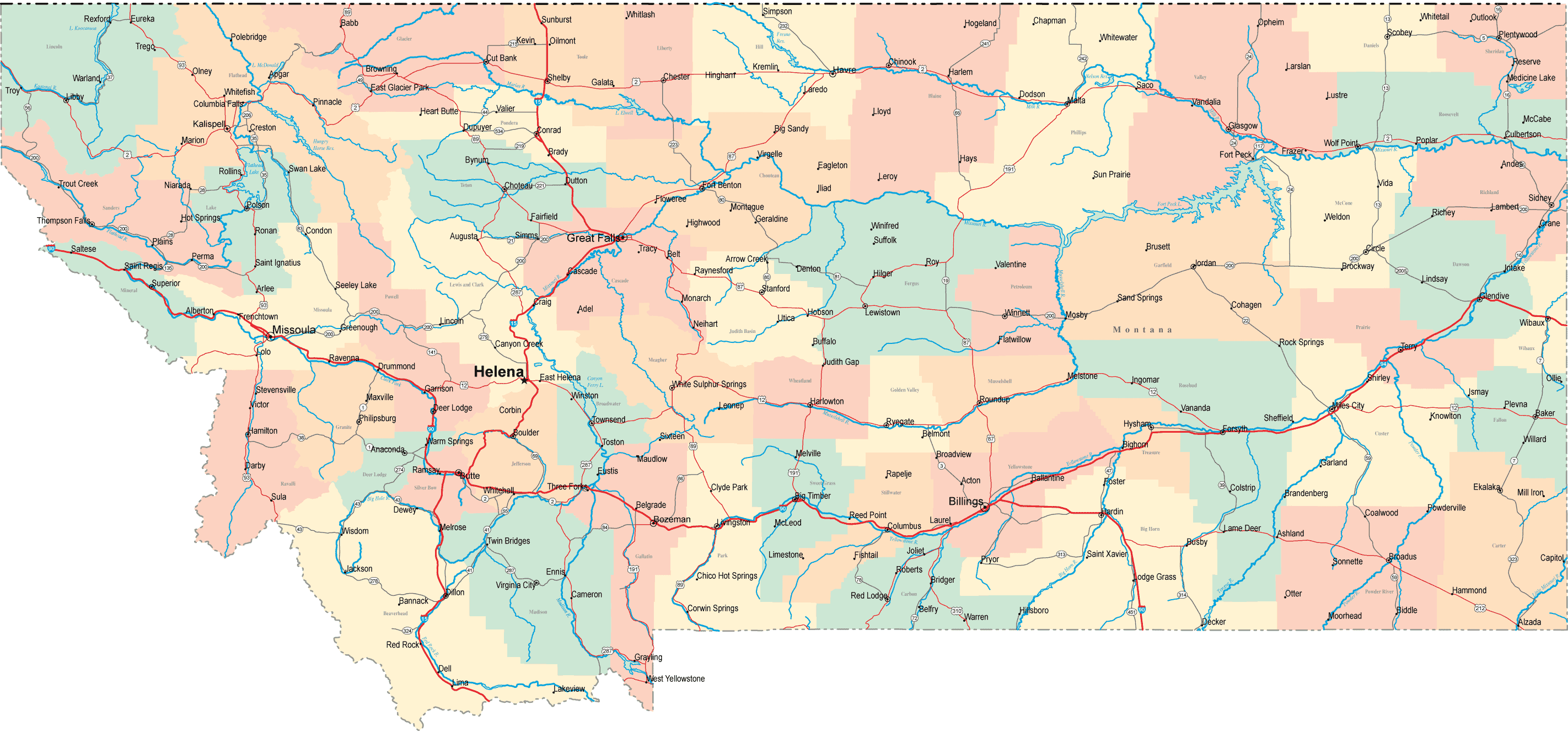Montana as an Emerging Gateway
Although Latinos have lived in Billings and Butte since the early twentieth century, the Gallatin Valley has recently received such an influx of documented and undocumented workers as to cause alarm among some residents of the community. In early 2007, three months of the Bozeman Daily Chronicle were devoted to letters to the editors sparked by a city commissioner’s essay on the need to understand the migrants’ experience. A brief survey of responses (about 20) reveals inherited racial discrimination, with many respondents referring to the negative impact of Latinos on the local economy. At the same time, the Valley’s health providers recorded a spike in Latino patients and, out of a sense of urgency, created a grassroots organization, Coalition of Resource Organizations (CORO), to connect health providers and educators with Spanish speakers.
Although the Latino community in Montana is primarily Mexican, like in most of the Southwest and the West, more and more Latinos from other places have been arriving to the state for economic opportunities. Hondurans make up part of the labor force that is living on site in different construction zones in Big Sky. Gallatin Valley (including Bozeman), which currently has the third-largest Latino population in the state, is also the fastest growing. Big Sky, a major resort for the wealthy, now hires a great number of Latinos for dairy, construction, and service jobs. The Yellowstone Club, the elite resort of multimillion dollar homes, has recently translated its personnel guidelines into Spanish because of the percentage of Latinos it now employs. As mentioned, CORO, a group of health providers and educators, came together because of the urgent need for translators for the Latino community. The Food Bank, for instance, has recently requested that all its information be translated into Spanish. Several other organizations in the Gallatin Valley that provide health services to low-income families have done the same.
In 2006-2007, the increased interest in migrants and migration was apparent in the Gallatin Valley local newspaper, as letters to the editor decrying the migration to Montana were published daily. Describing a mass migration and a drain on social services, strident voices outweighed those that supported the entry of Mexicans into the state. The concern over migration arises from the stereotype that Mexicans, and Latinos in general, bring crime and gangs, thus ruining the peaceful and homogenous way of life in Montana.
The question of assimilation of Latinos into the community varies from city to city. Billings Latinos have both assimilated into the educational system and into the workforce on some level, but the community as a whole has segregated itself in the south side of the city. Butte Latinos, according to oral interviews, feel assimilated; yet, they also want to retain their ethnic traditions in the community. In turn, Bozeman Latinos, the emergent Latino community in the state, are not yet assimilated on any level.
Map of Montana Photo Gallery
Maybe You Like Them Too
- Explore Nevestino, Bulgaria with this Detailed Map
- Explore Pulau Sebang Malaysia with this Detailed Map
- Explore Southgate, Michigan with this detailed map
- Explore Les Accates, France with this Detailed Map
- Explore Góra Kalwaria, Poland with this detailed map

